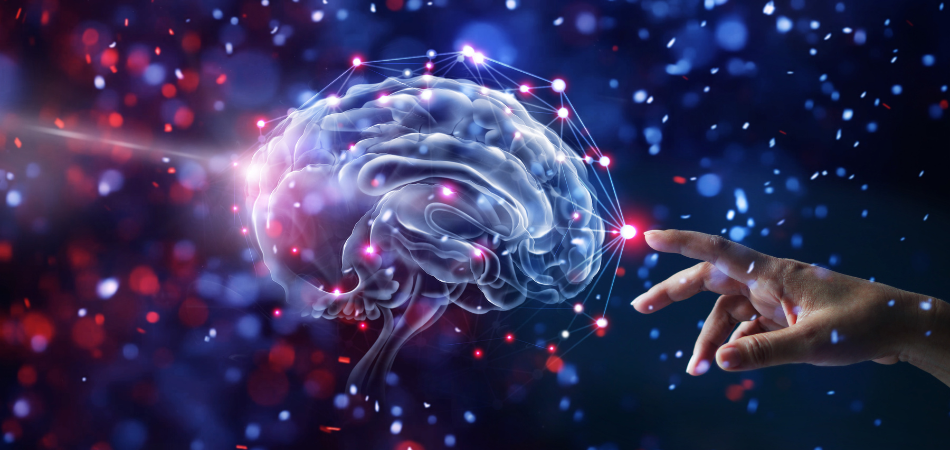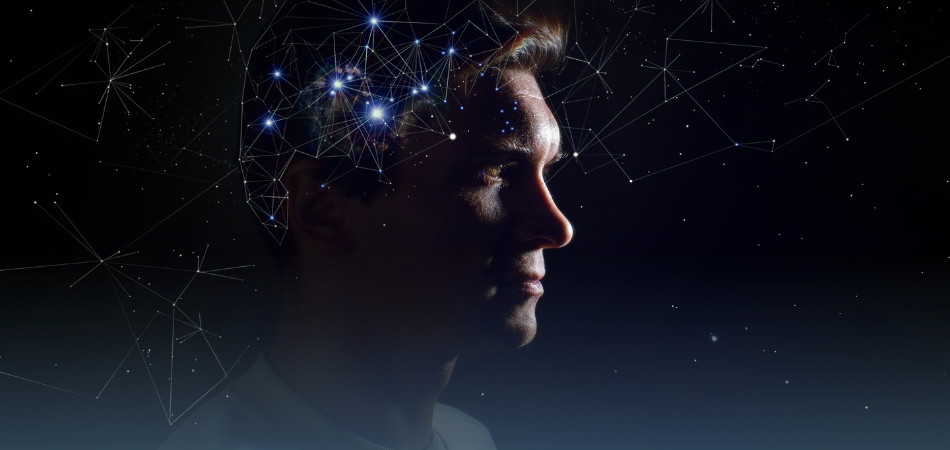Neuroimaging (the process of scanning, investigating, or viewing the brain’s internal workings) has been used in medicine since the 1880s. Neuroimaging works by studying the structure of the brain. By getting a detailed picture of how our brains may function, clinicians have been able to assess how ‘typical’ brains work at relatively low risk. Before the advent of neuroimaging, researchers were limited to invasive operative techniques. These frequently took place after the death of an individual. Whilst these types of procedures were useful for forwarding knowledge, invasive techniques meant that a clinician’s ability to support their patient in the short term was historically reduced. Today, through a series of highly developed technologies, we are able to see the mechanisms of our brains like never before. Through interventions such as neurofeedback, we are now able to apply this access to the brain with innovative, evidence-based treatments. These treatments can be used to support individuals dealing with various treatment-resistant mental health conditions, substance use disorders and behavioural addictions.

What is Neurofeedback?
‘Neurofeedback’ is a type of biofeedback, an intervention that connects neuroscience and therapeutic approaches in order to provide a personalised treatment protocol. This type of treatment has been recommended for individuals dealing with:
- Anxiety
- Depression
- Epilepsy
- Insomnia
- Addiction
- Schizophrenia
One research team explains that neurofeedback aims to ‘teach self-control of brain functions to subjects by measuring brain waves and providing a feedback signal.’
In short, biofeedback is a ‘mind-body technique in which individuals learn how to modify their physiology to improve physical, mental, emotional and spiritual health that works through a series of training sessions.
Brain imaging
A central component of neurofeedback is brain imaging. The main form of brain imaging used in neurofeedback is electroencephalography (EEG). An EEG acts by measuring brain activity. It does this by recognising electrical movement via small sensors that are placed on specific areas of the scalp and head. Our brains are made up of lots of neurons. When a neuron is activated, it produces a ‘pulse’ of electricity. The electric signals detected by the sensors are then recorded during the EEG and will show up as a series of waves. A neurophysiologist can then assess these waves.
An EEG works because our brains act according to the localisation of function. This means that specific areas of our brain have different roles. For example, if we were to speak whilst connected to an EEG, areas in the brain linked with speech would be stimulated and, therefore, show up on the recording. By using an EEG, clinical specialists can detect specific brain activity. This can then be used to diagnose specific conditions – such as epilepsy – or can then be used in further treatment, such as neurofeedback.
Methods of Neurofeedback
During neurofeedback, clinicians use the collected data for more than just diagnostic purposes. They can use it in more active ways as a type of therapeutic training. One way this is achieved is by turning the data collected into audio or visual representations for patients to look at. This can then be referred back to throughout treatment to assess changes in brain activity over time. The goals for neurofeedback depend on the activity identified in the brain combined with the individual’s perceived treatment need. But what kind of markers are being looked for?
Neurofeedback can be used in several ways:
‘Surface neurofeedback’ can be used to treat:
- Anxiety
- ADHD
- and insomnia
by changing the speed of specific brain waves
‘Slow cortical potential neurofeedback’ can be used to treat
- epilepsy
- migraines
- and ADHD
by changing the direction of slow cortical potentials.
‘Low-energy neurofeedback system neurofeedback’ can be used to treat:
- insomnia
- anxiety
- depression
- anger management issues
by delivering a weak electromagnetic signal ‘to change the patient’s brain waves.’ Whilst they are at rest.
‘Low-resolution electromagnetic tomography’ can be used to treat:
- addictions
- depression
- and obsessive compulsive disorder (OCD)
by monitoring phase, power and coherence through the placement of 19 different electrodes.
Many other forms of neurofeedback are targeted to treat different conditions. For example, Live Z-score neurofeedback can be used to treat insomnia.

The goals of Neurofeedback
Neurofeedback can have different goals. The different types of waves present in the brain indicate different things. The waves are categorised as alpha, beta, theta, delta, and gamma waves.
- Alpha waves are linked with relaxation
- Beta waves are linked with mental performance
- Delta waves are linked with sleep
- Gamma waves are linked with processing and memory
- Theta waves are linked with memory, emotion, creativity and meditation
Clinicians can assess if there are any instances of ‘inappropriate’ wave activity. They can then use specific waves to stimulate your brain in order to reduce difficult symptoms. For example, Alpha training is used for anxiety and beta training for anger and stress. Targeting the appropriate concerns with wave-specific training can lead to an alleviation of distressing psychological symptoms.
Neurofeedback and Addiction
Addiction is a chronic disorder. This means that it is something that can be treated with medical intervention. As addiction is both psychological and physiological, the makers of addiction can be identified in our brains – either in the structures themselves or in how they respond to stimuli (and, therefore, how and when they create waves). This means that when an addiction develops, the ways we think can start to change. These ways of thinking can almost ‘rewire’ our brains, leading to the creation of new thought patterns.
Neurofeedback can identify these potential problem areas in the brain, assessing any ‘inappropriate’ activity, which can, therefore, be addressed through exposure to specific types of neurofeedback. The neurofeedback can target, for example, increased levels of anger, chronic stress or depression. This can alleviate symptoms associated with different types of addiction but has been particularly useful in the treatment of addictions to drugs, alcohol and computer games. Longer-term neurofeedback training for individuals with cocaine addiction has been shown to reduce cravings substantially.
Treating addiction through Neurofeedback
Neurofeedback is an innovative treatment technology. Whilst research has suggested that it is a powerful treatment tool, most specialist addiction clinicians will recommend using a multidisciplinary approach to recovery. This means that, during rehab, you may have the opportunity to try various types of addiction treatment. Taking a holistic view of addiction can allow you to tackle symptoms from several places. This can help you to manage symptoms in the short-term, as well as unpicking underlying traumas and developing new coping mechanisms in order to resist a relapse episode in the future. In some cases, addiction rehab could include neurofeedback. But it could also include a mixture of the following:
- Detox therapy
- Psychotherapy
- Addiction counselling
- Support groups
- 1-1 therapy
- Group therapy
- Family therapy
- Holistic therapy
- Lifestyle changes
- Volunteering
- Medically assisted treatment
Neurofeedback is one example in a plethora of options available to combat intense psychological distress. Whilst it could be a very valuable option for some individuals, neurofeedback is not currently widely available in practice in comparison to other forms of therapy – and, as with every form of intervention, neurofeedback may be more suitable to some individuals than others.
Call our admissions line 24 hours a day to get help.
(Click here to see works cited)
- https://www.asnweb.org/i4a/pages/index.cfm?pageid=3334
- https://www.ncbi.nlm.nih.gov/pmc/articles/PMC4523152/
- https://www.ncbi.nlm.nih.gov/pmc/articles/PMC4892319/
- https://www.ncbi.nlm.nih.gov/pmc/articles/PMC2939454/
- https://www.nhs.uk/conditions/electroencephalogram/
- https://pubmed.ncbi.nlm.nih.gov/19892113/
- https://www.ncbi.nlm.nih.gov/pmc/articles/PMC4892319/
- https://www.ncbi.nlm.nih.gov/pmc/articles/PMC2797101/





